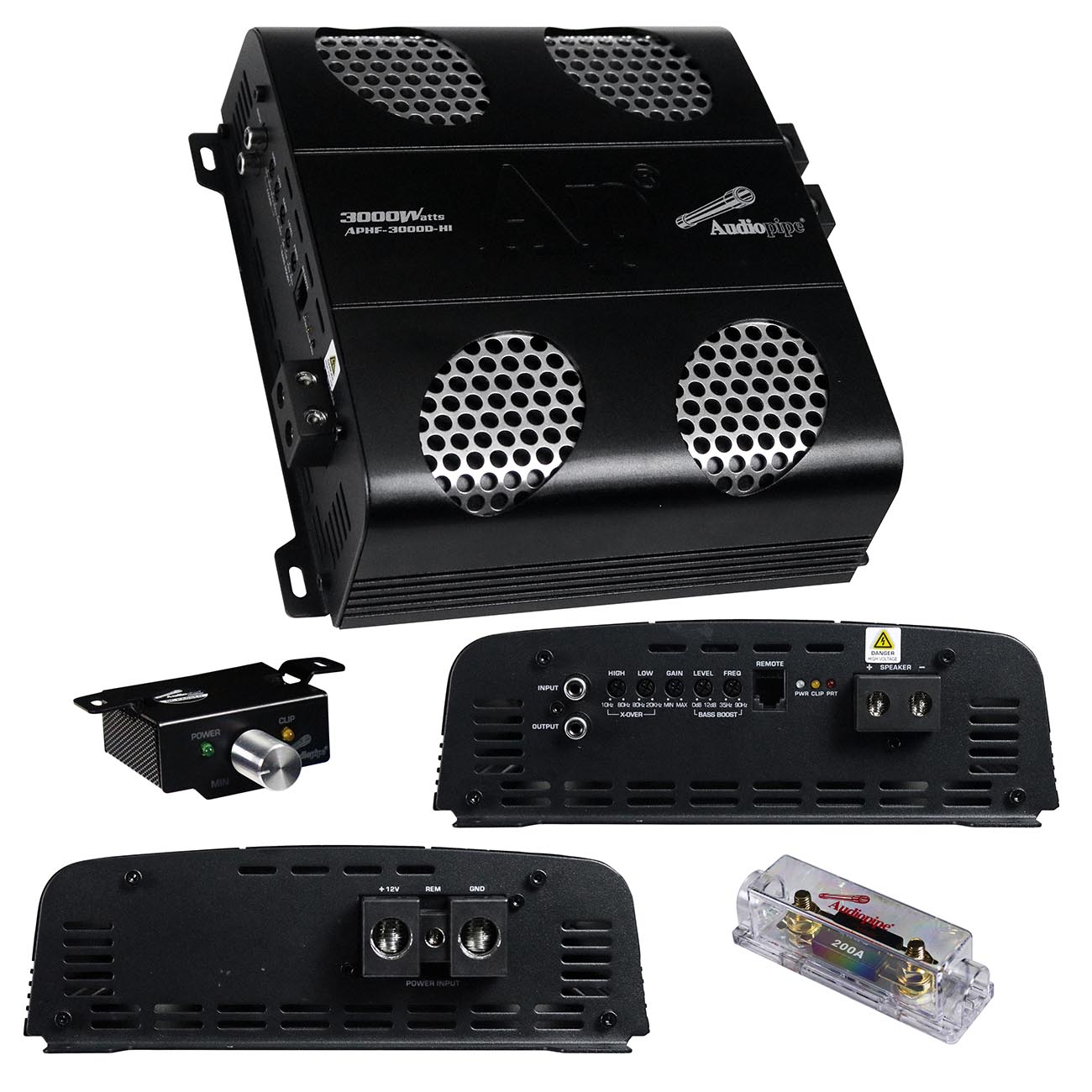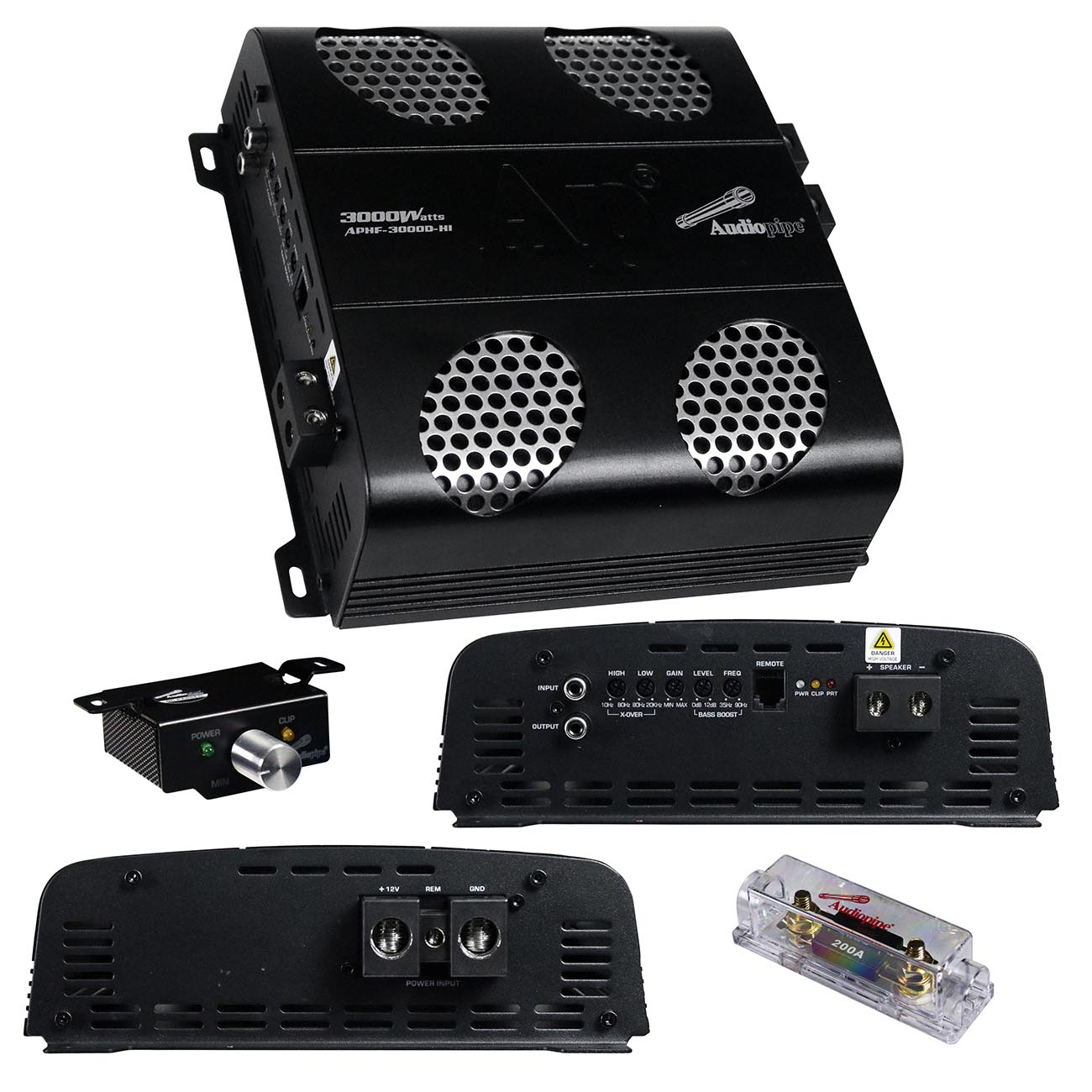Answer
Sep 09, 2024 - 10:57 AM
A Class A amplifier operates with its output transistors always conducting, providing high linearity and low distortion but with low efficiency and significant heat generation. In contrast, a Class D amplifier uses pulse-width modulation to switch its output transistors on and off rapidly, achieving high efficiency and minimal heat, but potentially at the cost of increased distortion and complexity in design.





Add New Comment